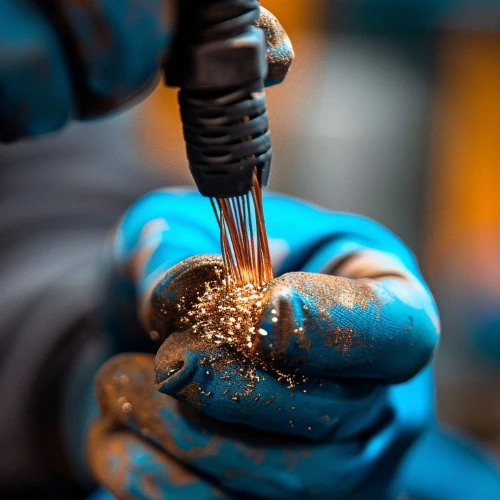How to Judge the Quality of Copper Wire: A Comprehensive Guide

Copper wire is an essential component in many electrical and electronic applications. Ensuring the quality of copper wire is crucial for the safety, efficiency, and longevity of these applications. Here’s a detailed guide to help you judge the quality of copper wire.
1. Understand the Basics of Copper Wire
Before diving into quality assessment, it’s important to understand the basics of copper wire. Copper wire comes in various types and grades, each suited for specific applications. Common types include:
Bare Copper Wire: Often used for grounding and uninsulated applications.
Tinned Copper Wire: Coated with a thin layer of tin to prevent oxidation.
Insulated Copper Wire: Covered with an insulating material, used in electrical installations.
2. Check for Purity
High-quality copper wire should have a high purity level, usually around 99.99%. Pure copper provides better conductivity and durability. To check purity:
Certification: Look for certifications from reputable organizations.
Supplier Reputation: Purchase from trusted suppliers known for quality.
3. Inspect the Conductivity
Copper is prized for its excellent conductivity. You can check the conductivity of copper wire using:
Multimeter: Measure the electrical resistance. Lower resistance indicates higher conductivity.
Certificates: Review the specifications provided by the manufacturer.
4. Evaluate the Flexibility
Quality copper wire should be flexible enough to be used in various applications without breaking. To assess flexibility:
Bend Test: Bend the wire back and forth to see if it withstands the stress without cracking.
Manufacturer Specifications: Check the flexibility rating provided by the manufacturer.
5. Assess the Insulation
For insulated copper wires, the quality of insulation is crucial. Poor insulation can lead to safety hazards and reduced efficiency. To evaluate insulation:
Visual Inspection: Look for uniform and intact insulation without cracks or abrasions.
Dielectric Strength Test: Ensure the insulation can withstand high voltage without breaking down.
6. Consider the Wire Gauge
The gauge of copper wire determines its diameter and current-carrying capacity. Using the correct gauge is vital for the application. To judge the appropriate gauge:
Application Requirements: Match the wire gauge to the electrical load requirements.
Standards Compliance: Ensure the wire gauge adheres to industry standards (e.g., AWG or SWG).
7. Examine for Physical Defects
Physical defects can compromise the performance of copper wire. Regularly inspect for:
Surface Imperfections: Look for nicks, cuts, or abrasions.
Uniformity: Ensure the wire has a consistent diameter throughout its length.
8. Test for Oxidation Resistance
Copper wire can oxidize over time, affecting its performance. To judge oxidation resistance:
Tinned Copper: Consider using tinned copper for applications exposed to moisture.
Protective Coating: Ensure the wire has a protective coating if needed.
9. Review Manufacturer’s Warranty and Support
A reputable manufacturer will offer a warranty and customer support. This can be an indicator of the confidence they have in their product. Look for:
Warranty Terms: Understand the coverage and duration of the warranty.
Customer Support: Ensure there is adequate support for any issues that may arise.
10. Consider Environmental Impact
Lastly, consider the environmental impact of the copper wire. Opt for:
Recyclable Materials: Choose copper wire that can be recycled.
Eco-friendly Manufacturing: Prefer suppliers who follow environmentally friendly manufacturing practices.
Conclusion
Judging the quality of copper wire involves a thorough evaluation of its purity, conductivity, flexibility, insulation, gauge, and more. By following these guidelines, you can ensure you select high-quality copper wire for your needs. Remember, investing in quality copper wire enhances safety, efficiency, and longevity in any electrical application.